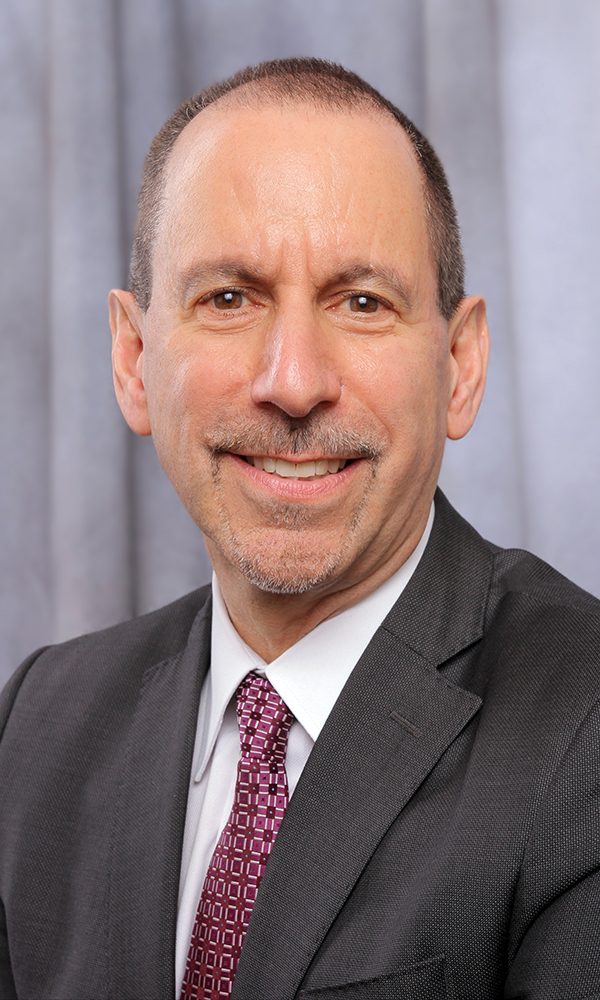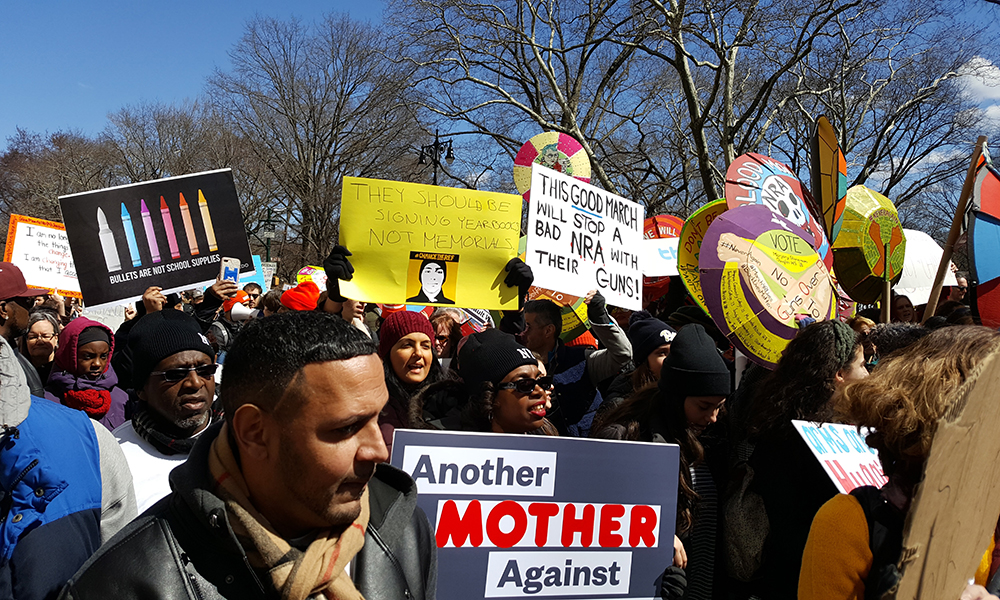As one of the millions of people across the country and around the world who participated in March for Our Lives events this past weekend, I felt that I was standing on the precipice of a new youth movement that might — just might — change the world in fundamental ways. A generation ago, many young Americans took to the streets as part of AIDS activism, to protest a government that was treating their lives with indifference at best, and hostility at worst. Today, we are seeing a new generation carry a similar message to those in power and inspiring their elders to follow their lead.
 The group of young people I marched with had a particular, perhaps unique, relationship to the event. I joined 20 or so teenagers who are part of New York’s Close to Home juvenile justice program, which my agency administers. These are young people who have made mistakes, mistakes that have landed them in the juvenile justice system. They have experienced in dramatic and disruptive ways the impact of violence on their own lives, and on Saturday, they took to the streets in the hope that the lives of other young people might be spared the destruction wrought by gun violence.
The group of young people I marched with had a particular, perhaps unique, relationship to the event. I joined 20 or so teenagers who are part of New York’s Close to Home juvenile justice program, which my agency administers. These are young people who have made mistakes, mistakes that have landed them in the juvenile justice system. They have experienced in dramatic and disruptive ways the impact of violence on their own lives, and on Saturday, they took to the streets in the hope that the lives of other young people might be spared the destruction wrought by gun violence.
A mere six years ago, these young people wouldn’t have been able to participate in this event. They would likely have been sent to juvenile prisons in upstate New York, hundreds of miles from their homes and families, and spent months or years locked behind bars. Today, through Close to Home, they instead are placed in residential facilities around New York City, where they receive therapeutic rehabilitation, learn alternatives to violence, continue to take classes accredited by the city’s Department of Education, maintain contact with their families and transition far more seamlessly back home when they finish placement.
What these young people evidenced by joining March for our Lives NYC — a positive sense of agency about their own lives, and a sense of responsibility to their communities — is precisely what Close to Home seeks to engender. Thanks to Gov. Andrew Cuomo’s vision and foresight six years ago, these young people are able to redirect their lives to a more positive path, rather than be warehoused in dangerous and violent prison facilities. Yet inexplicably, the state today is threatening to back away from its partnership in this progressive reform — just at the time that we are moving to extend this successful reform to 16- and 17-year-olds in addition to their younger peers.
These young people are New York City’s responsibility — and New York state’s. As we all recommit ourselves, inspired by our youth, to ending violence, we hope that the state does not step away from its commitment to this critical part of our collective effort to end violence in our New York communities.
David A. Hansell was appointed commissioner of the New York City Administration for Children’s Services in February 2017. He has decades of experience in social services work across the public, private and nonprofit sectors. Most recently he was head of KPMG’s Human & Social Services Centre of Excellence. He served as acting assistant secretary and principal deputy assistant secretary for the Administration for Children and Families in the U.S. Department of Health and Human Services 2009-11.

These are the most challenging young people to serve in the child welfare system.
By participating in this march, these teenagers realized that they are just like everyone else-and hopefully this new aspect of their identify and self-image will help them move forward in a meaningful and positive way.